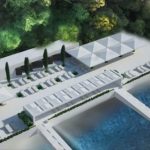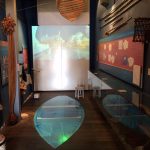I’m an art historian. Any mention of a museum will probably get my attention – even those the general public might consider boring or at least unattractive, us art nerds will want to check out. However, even from the point of view where every place is worth taking a look around, everyone has their own favourites. Mine is when a collection composed of ancient or traditional pieces of heritage gets housed in a fantastic piece of contemporary architecture – see this article on the Museum of Apoxyomenos in Mali Lošinj for reference. When architects, designers, curators and managers team up with an honest intent to present a certain part of heritage in an engaging way, get their creative juices flowing and really care about what they’re doing, they usually knock it out of the park.
Another example of this? Museum Lapidarium in Novigrad, Istria.
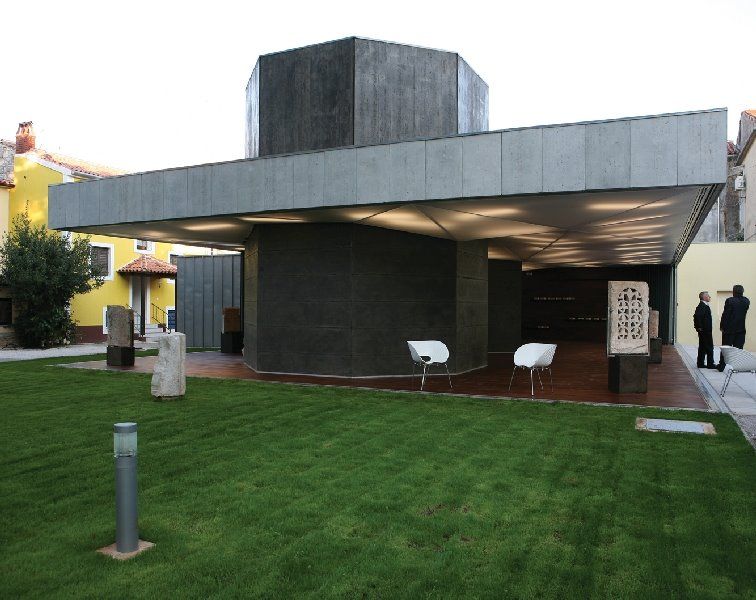
As its name lets on, the museum houses a collection of stone monuments and architectural fragments dating from the 1st to the 18th century. There’s around a hundred exhibits, half of which are on display as a permanent collection; most of the pieces originate from the local parish church of St. Pellagius. The most attention-grabbing exhibit is the ciborium of the bishop Mauritius from the end of the 8th century, a time when Istria used to be a part of Francia, and Novigrad the seat of the diocese.
Okay, all of that’s fascinating, you might say, but where’s the attractive part that makes this museum more appealing than any other lapidarium? More often than not, they can look like dreary places with stones lying around, arranged in layouts that leave you unsure about what’s an exhibit, and what’s a random rock that accidentally ended up in the anteroom of a local museum. (I’m a terrible art historian.) In such cases, the collections don’t stir up interest at all nor do they intice curiosity in visitors to make them want to know more. How is this any different?
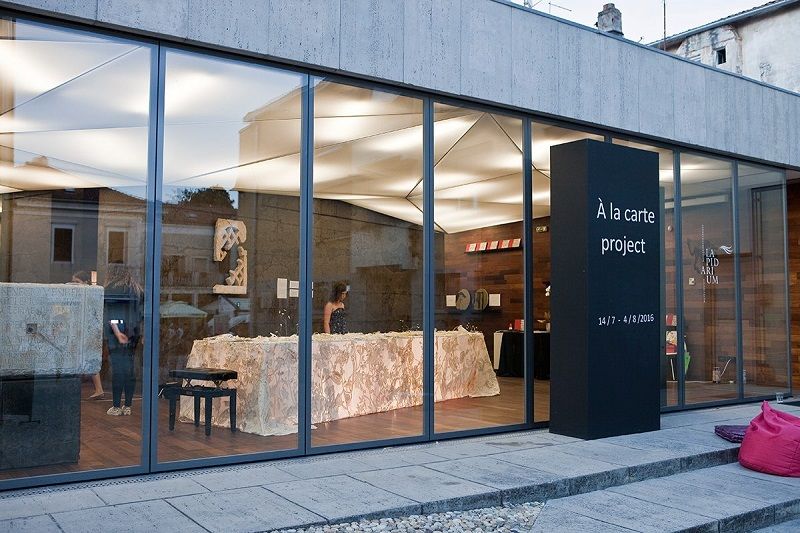
Well, Museum Lapidarium in Novigrad was conceived a couple of years ago, and from the moment the project was a go, it implied building a new seat that would house the collection. Luckily, the great team of professionals at the helm came up with a fabulous solution. Designed by architects Saša Randić and Idis Turato (yes, the same ones who created that gorgeous new home for Apoxyomenos), the museum building is composed of two black chambers and a flat roof – that’s it, but it works wonderfully in relation to the surrounding area. The museum is situated in the centre, close to the cathedral and opening towards one of Novigrad’s many parks; their spaces perfectly mesh together and represent a rare case of contemporary architecture seamlessly blending into a historical urban core.
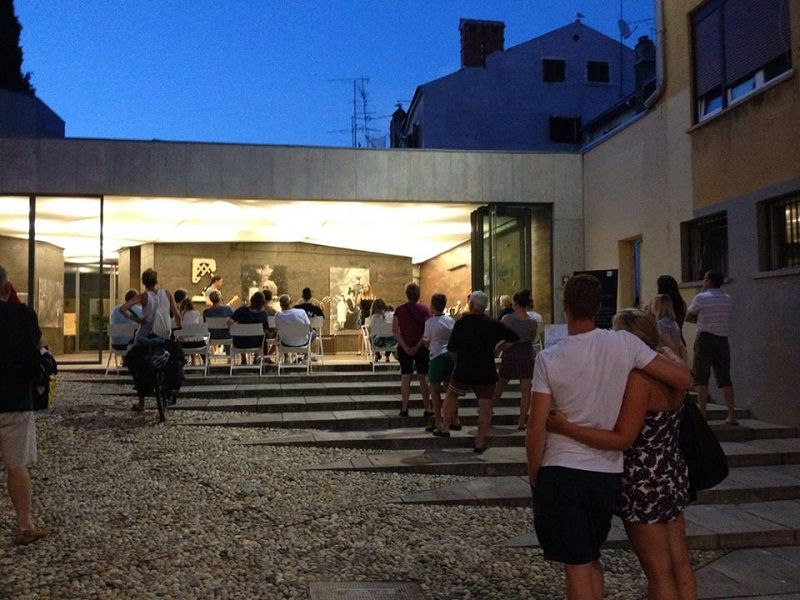
Such a concept, composed of open spaces and flat surfaces, allows for another attractive feature: throwing an exhibition of modern or contemporary art into the mix every now and then. All the ancient fragments remain at their designated places, and the rest of the space gets infused with pops of colour and eye-catching shapes. The combination works surprisingly good, and presents the management team with the opportunity to alternate between the classical and the contemporary; the audience, of course, doesn’t complain.
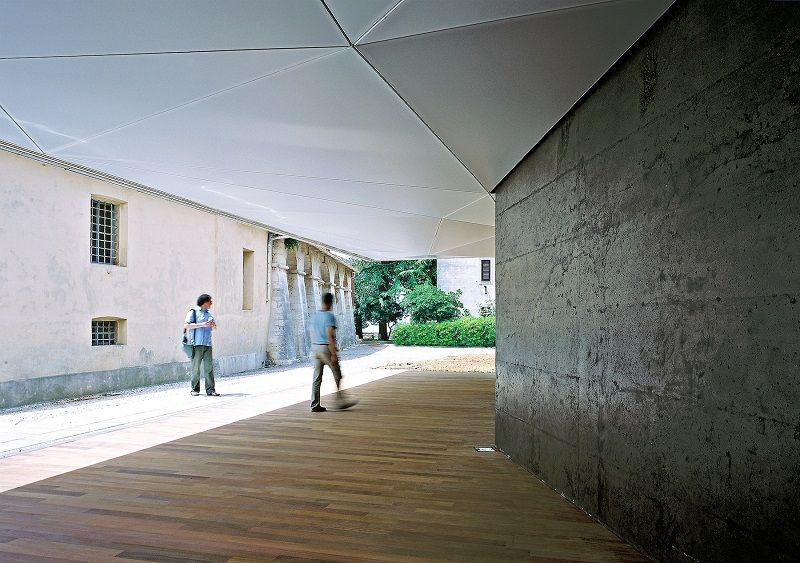
To drive the point home, let me just say the place currently houses an exhibition called “Yoko Ono & John Lennon – Dreaming Peace”. Where else could you find monuments from the 1st century and the legends from the 60s at the same site? Museum Lapidarium is really worth dropping by – it won’t take you a lot of time to go through, and you might even stick around longer than you originally planned.
Museum Lapidarium, Veliki trg 8a, 52446 Novigrad
Working hours: Mon – Fri: 10 – 15 / 19 – 21; Sat – Sun: 19 – 21
Image sources: Museum Lapidarium Facebook, Randić and associates


